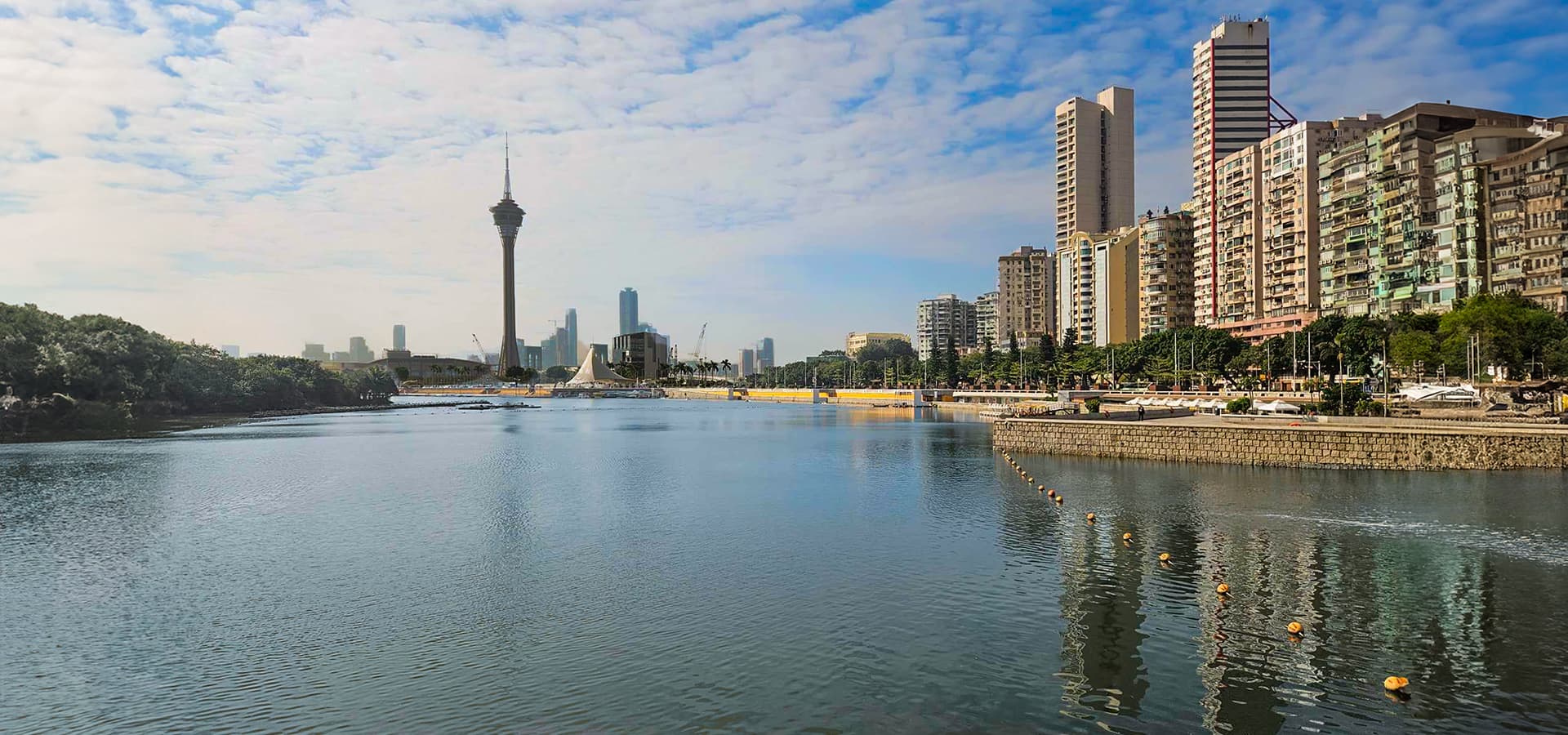This former Portuguese Colony was returned to China in 1999 and has become a top tourist destination for visitors from the mainland and overseas.
Once a sleepy fishing port, the territory is now home to a large number of hotel and casino properties with some eye-catching international landmarks. The Londoner’s Big Ben, The Venetian’s Campanile and The Parisian’s Eiffel Tower dominate the horizon on the Cotai Strip, an area of recently reclaimed land that is quickly filling up with large, glamorous entertainment destinations.
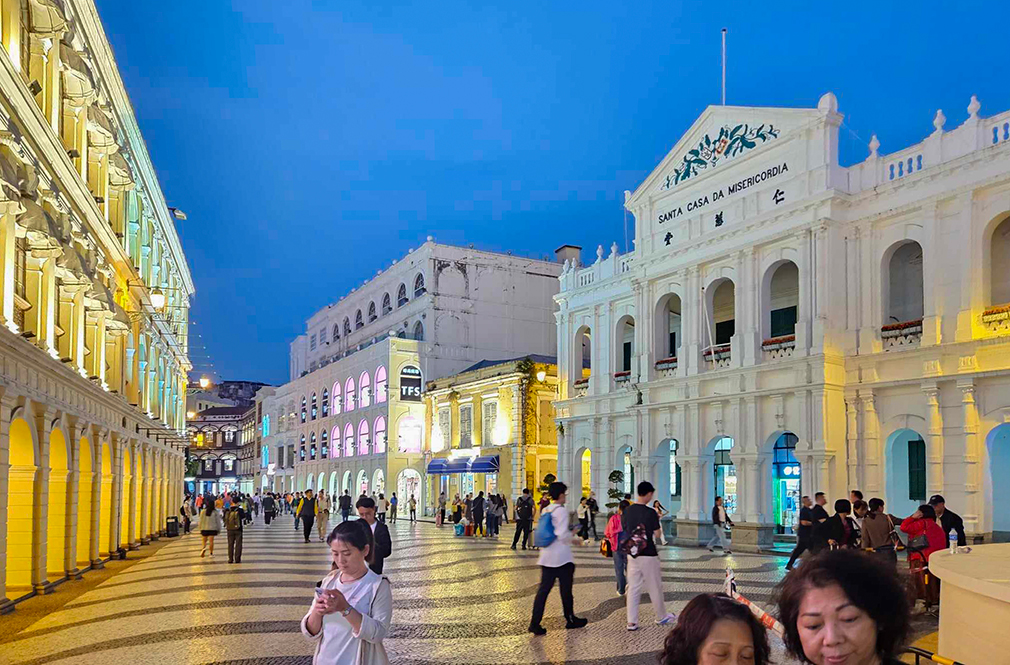
But there is much more to Macau than its “Vegas of the East” reputation. The historical town center has been declared a UNESCO World Heritage Site for its architectural and aesthetic fusion of East and West. Municipal buildings, churches , temples and charming shopping streets reflect four and a half centuries of Portuguese and Chinese cultural influence.
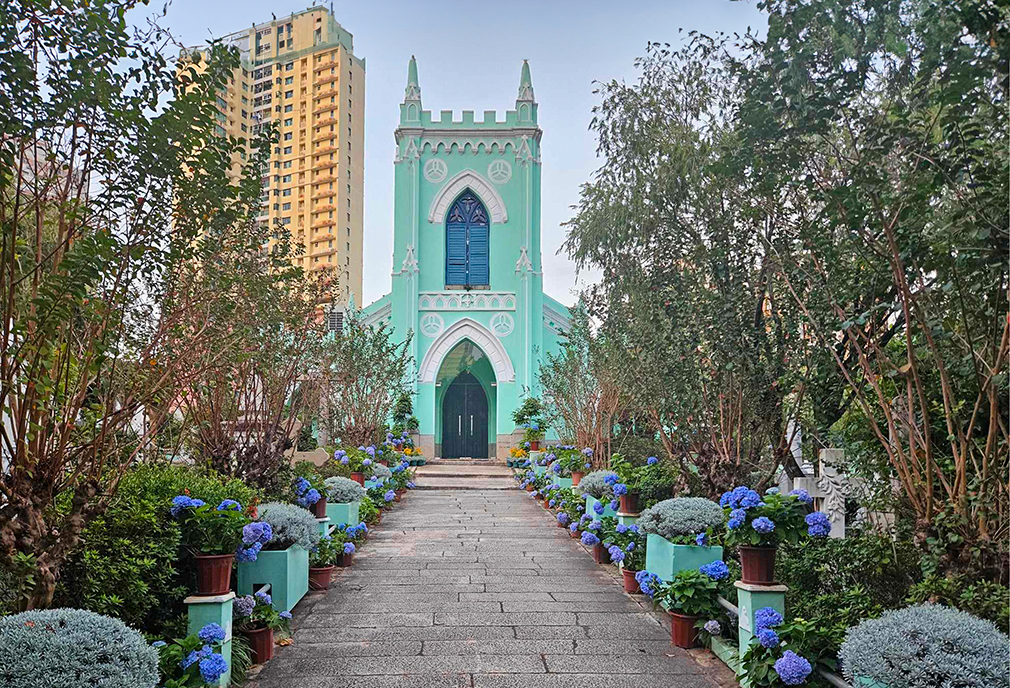
Here are our top five ways to discover the lesser-known corners of Macau – from birdwatching in the heart of the casino district to eating Portuguese snacks amongst traditional stilt houses.

Visit the beautifully preserved home of a successful 19th-century Chinese businessman
In the heart of the UNESCO-listed historic center of Macau is a large grey stone house that once belonged to a wealthy Chinese merchant named Lou Kau. The two-story house was completed in 1889 and is built in traditional Chinese architectural style. With three halls and two internal courtyards, the house has striking decorative details using stained glass, stone and wood carving. Just close to Senado Square this sensitively restored mansion is a good contrast to the many period Portuguese-style buildings in the area.

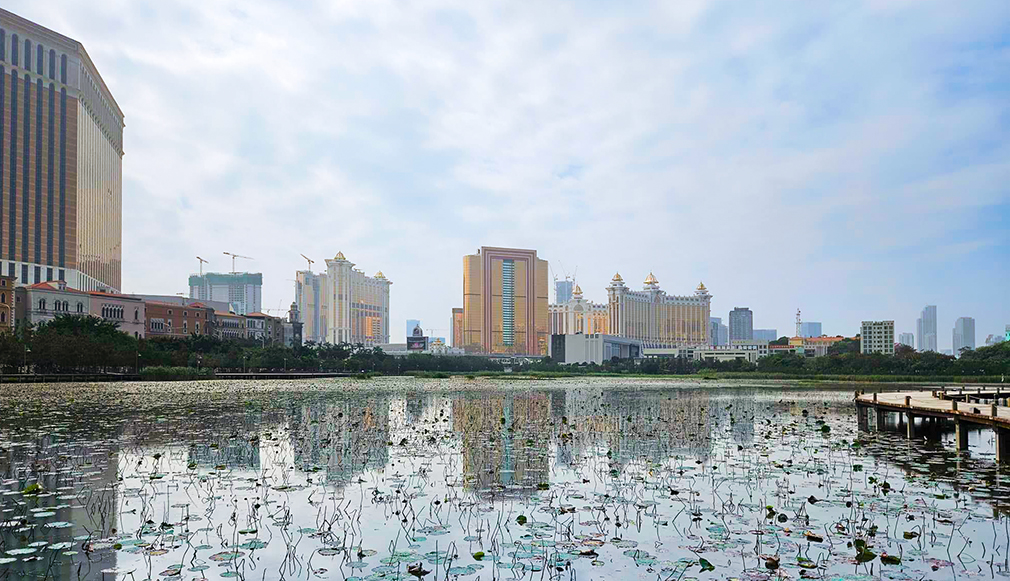
Enjoy a spot of birdwatching, right next to Macau’s newest entertainment district
Sandwiched between the charming town of Taipa and the glittering lights of the Cotai Strip is a large body of water, studded with lotus flowers and edged by a wooden boardwalk. This is the Taipa wetland zone, a nature reserve and favorite spot for Macau’s bird-watching fans. Conceal yourself behind a protective wooden screen in the middle of the lake and see how many of Macau’s waterbirds you can recognize. A series of information boards have photographs and fun facts about the region’s most popular avian inhabitants. If you time your trip for June, join the fun at the annual Lotus Festival a celebration of the region’s signature flower.
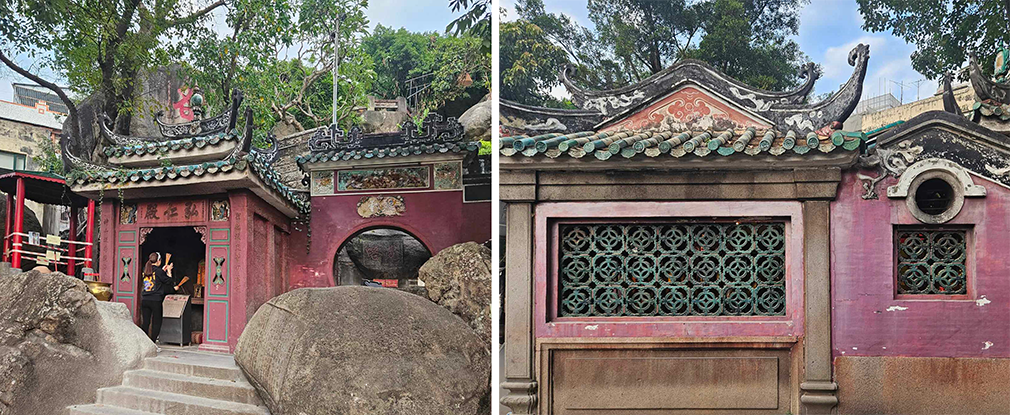
Step back in time at an ancient, beautiful temple
Six hundred years ago, when many inhabitants of Macau earned their living on the treacherous waters surrounding the territory, an important figure offered them help and protection. The Goddess A-Ma (also known in the region as Mazu or Tin Hau) was responsible for the welfare of sailors and fisherfolk– so it is no surprise that Macau has several temples and shrines that bear her name. The most striking example is the A-Ma temple on Barra Hill, with a hall believed to date back as far as the late 15th century. This gorgeous temple remains a popular destination for pilgrims making offerings. Visitors can enjoy a quirky trip back to their accommodations – a row of traditional pedicabs is lined up outside offering a fun – and sustainable – mode of transport.
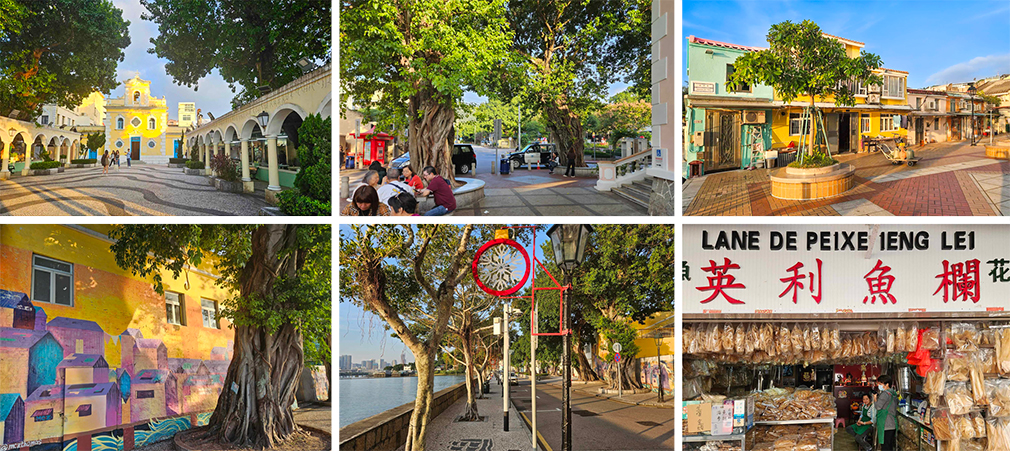
Explore the unspoiled fishing village of Coloane and taste traditional Macanese street food snacks
Macau’s most southerly area, Coloane, was once an island connected to Taipa by a long causeway. After land reclamation work created “The Cotai Strip” the two islands merged.
Coloane village is the main settlement in this area – with simple stilt houses that rise out of the sea facing the elegant heritage buildings of Eduardo Marques Square and the charming chapel of St Francis Xavier. Take a stroll down the delightful seaside promenade to the Tam Kung Temple before refueling at a Macanese institution, Lord Stow’s bakery, famed for the Macanese egg tart, a crispy pastry case enclosing a not-too-sweet, trembling custard. Grab a couple fresh out of the oven and take advantage of the pleasant outdoor seating area.

Ride a hillside elevator for a panoramic view, then visit an unusual and delightful museum
Similar in appearance to a small glass funicular railway, Macau’s brand new “inclined elevator” soars from street level up to the Taipa Grande viewing platform – a pleasant hilltop park with seating and panoramic views across the region. This exhilarating piece of public transport is open daily and is free to use.
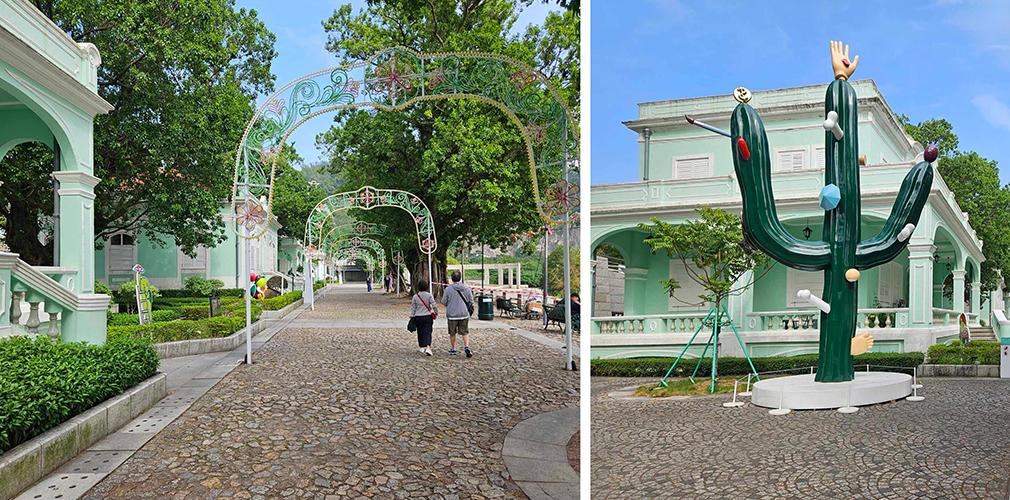
Take a path from the viewing platform to explore the Taipa Grande hiking trail, a scenic circular walk around the natural park. Back down at street level, a short step away lies the charming Taipa Houses Museum – a group of five green-painted houses, beautiful examples of traditional Portuguese architecture. These stunning buildings are open to the public and each hosts an informative historical exhibition.




